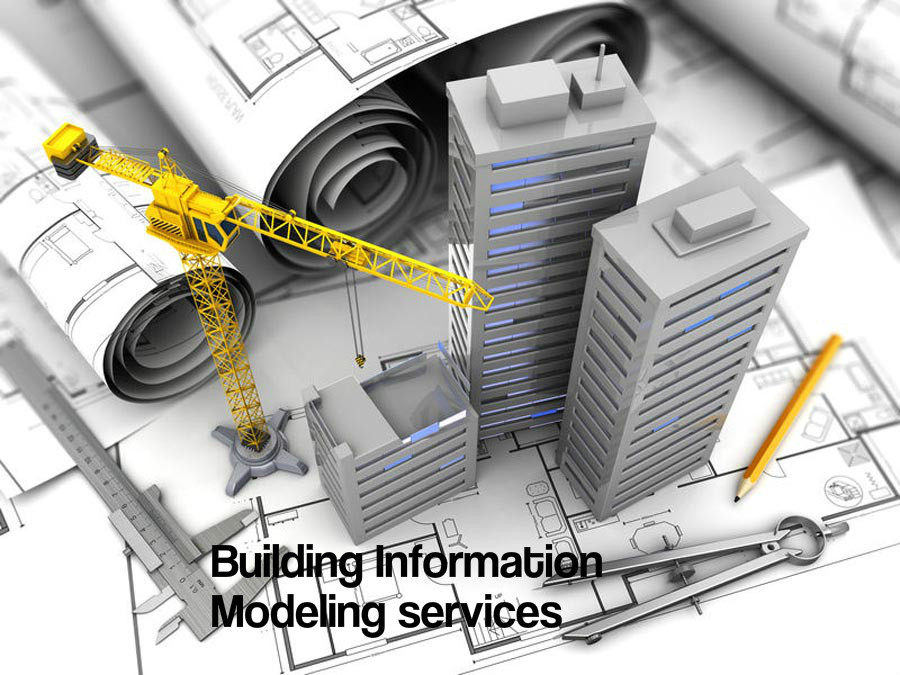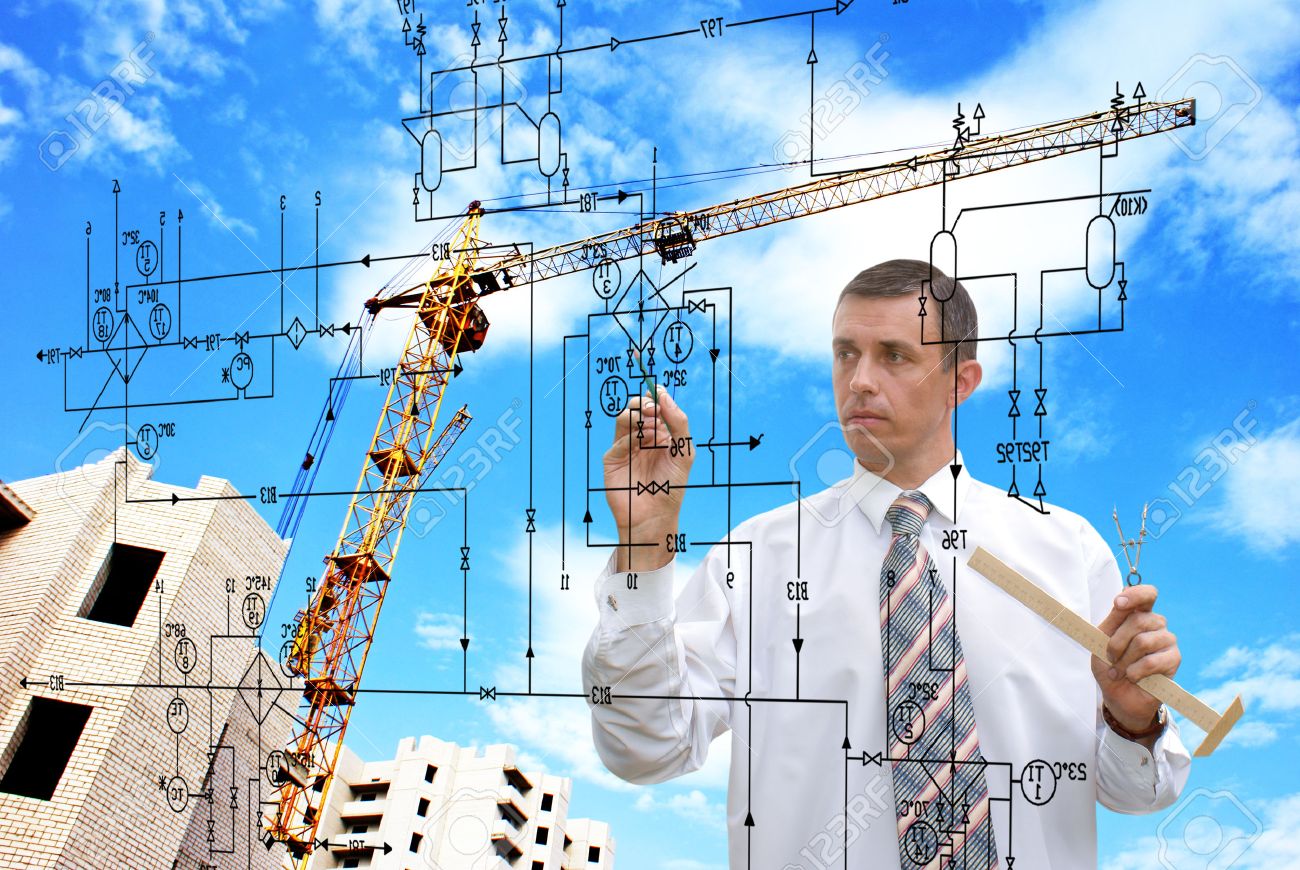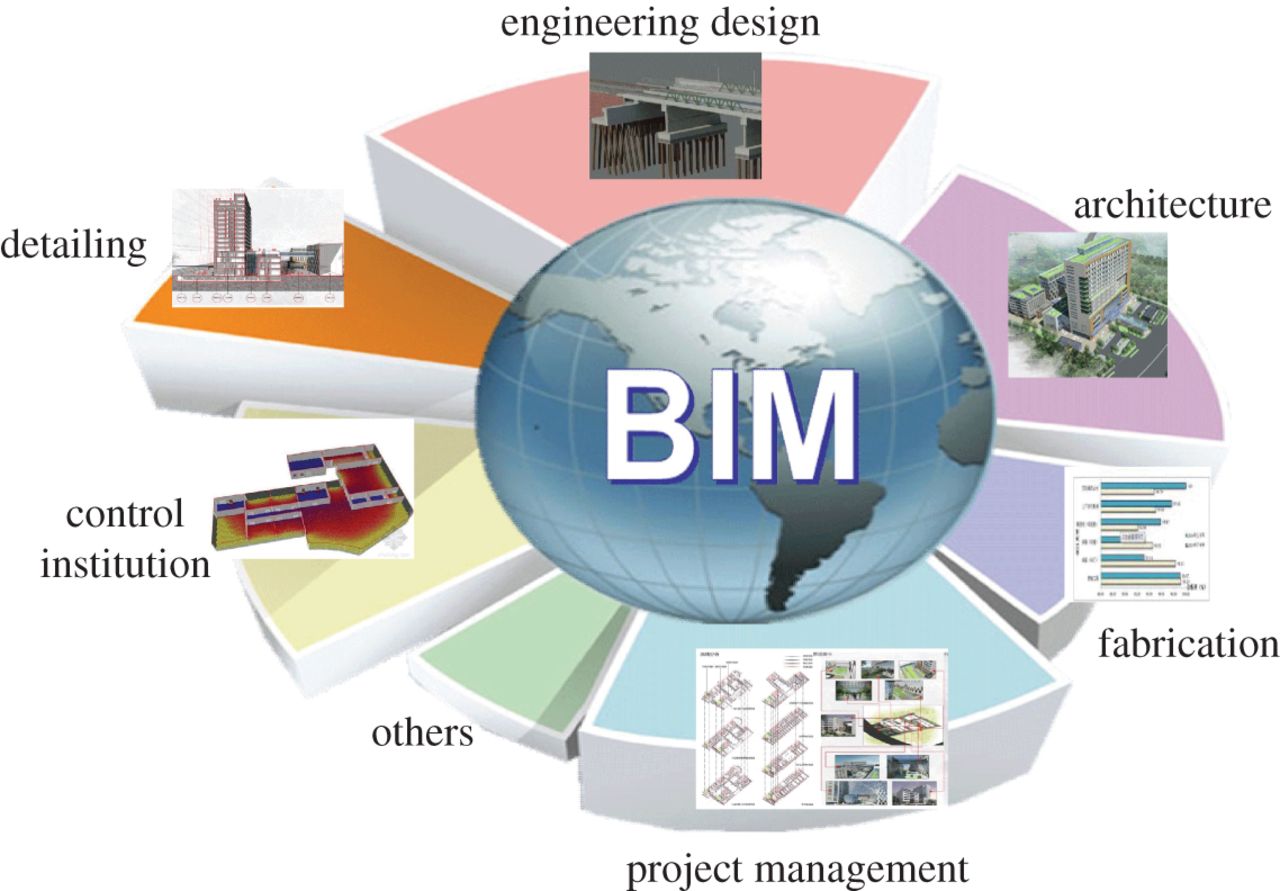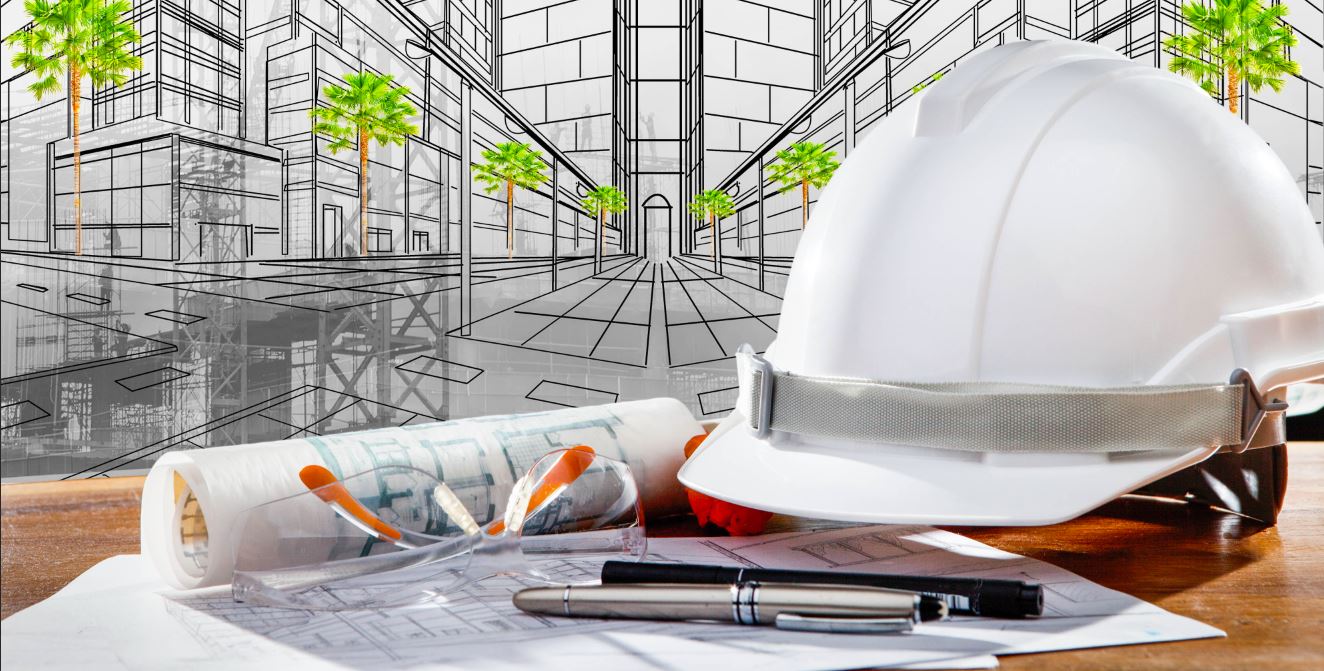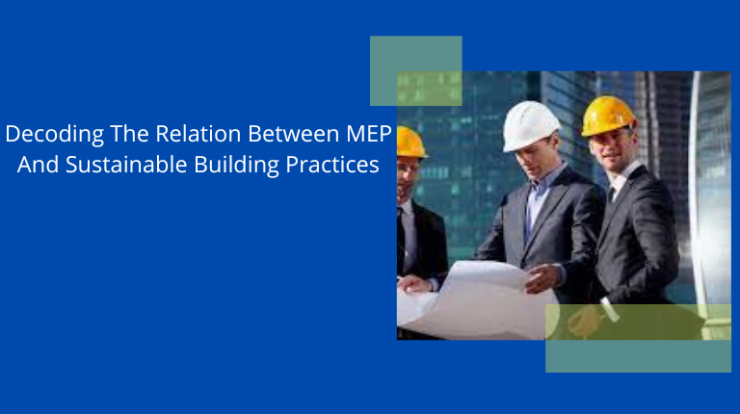
The notion of sustainable building design is assuming control of the entire building construction sector, with more and more people looking for green buildings. As the demand for green buildings is increasing day by day, the developers are also motivated to come up with something revolutionary in this field and to be a meaningful part of the cause.
Mechanical, Electrical, and Plumbing (MEP) are the most substantial energy end-user in the field of construction, and when applied farsightedly and intelligently, they can play a crucial role in attaining sustainability and energy efficiency. MEP services provided by the top MEP Engineer in California and other parts of the country have developed over time and are meeting the end-users’ specific needs in the field of building construction.
These days, sustainability is not a plug-in but has become a part and parcel of all types of buildings’ original design. MEP services provided by the topnotch MEP Consultant in Bay area play the most essential role in determining the fate of a building including the amount of energy that it will consume. In the light of the same, MEP services deserve serious considerations when it comes to achieving not only sustainability while erecting a building but also different types of green building accreditations.
Effective and efficient MEP services not only play a determining role in minimizing the maintenance but also operational and installation costs. These services also play a crucial role in saving a lot of time and money while also significantly bringing down carbon footprint. Apart from putting into use eco-friendly tools, fixtures, and equipment, MEP services also ensure the following:
- Minimized dependency on non-renewable sources of energy
- Maintain improved indoor air quality
- Cut down on maintenance and operational costs
- Recycle, reuse, and reduce – 3Rs motto.
Based on the rates the construction industry uses and consumes resources, a sustainable building design achieved through effective and efficient MEP services can play a decisive role in accelerating efforts for environmental conservation. The Environmental Protection Agency has stated that buildings account for the given below energy consumption levels across the United States:
- 68% of total electricity consumption
- 38% of carbon dioxide emissions
- 39% of total energy use
- 12% of total water consumption.
The U.S. General Services Administration is of the view that sustainable design practices have the capability of accomplishing the following:
Optimization of site potential
An appropriate site selection is a very first step when it comes to constructing a sustainable building. A large number of crucial factors associated with the building such as location, orientation, and landscaping have a drastic impact on the energy consumption, local ecosystems, and most importantly transportation. Water consumption and runoff management are also an inseparable part of the sustainable design process.
It is mandatory for a sustainable building to reduce and treat storm-water runoff and also to make attempt for reduced water consumption through a landscape design. Infrastructure design is also crucial when it comes to optimizing the overall potential of a construction site. What drastically affects the local ecosystem includes:
- Locations of the access road
- Parking
- Vehicle barriers, and
- Perimeter lighting.
Minimization of non-renewable energy consumption
A sustainable building design is what reduces the dependency upon non-renewable energy sources consumed by a particular building. Sustainable design practices not only opt for alternative energy sources but also innovative techniques for maximum energy conservation while bringing down the consumption of energy attained through fossil fuels. Wind, solar, and geothermal sources are considered to be the most substantial agents for significant cost savings as well as lowered carbon footprints of a building.
MEP services providers perfectly optimize the building site keeping in view all the renewable sources while making sure that all the solar panels installed receive a sufficient amount of daylight with all the wind turbines having ample access to wind consistently.
Using the environmentally-preferable products
Sustainable design practices include the maximum use and reuse of all types of materials that have the capability of being most productive as well as sustainable across their lifecycle. What it means is that the materials achieved through recycling from other projects can be used in a very environment-friendly way. Sustainable materials play a vital role in the following:
- Bring down the environmental impacts
- Global warming
- Resource depletion
- Human toxicity
- Boost the health and safety of building occupants.
Protection and conservation of water
A sustainable building needs to make use of water efficiently regardless of whether it is a case of recycling the water for any on-site application or bringing down initial water use. A large number of innovative practices can be meaningful in this regard. Some of them include the following:
- Conserving water
- Installing low-flow toilets and faucets
- Utilizing grey-water systems for recycling water for serving irrigation purposes and toilet flushing
- Optimizing heating and cooling systems for making sure that they never use more water than required.
Optimization of operational and maintenance practices
Sustainable building designers and developers are capable of identifying materials and systems that will call for a lesser amount of energy, water, toxic chemicals, and cleaners for the proper maintenance of the building. These designers and developers make a custom-made arrangement of these systems while making sure that only the best fits are put into use strategically. They also make sure that the building calls for minimum maintenance under all circumstances. To track and monitor the progressions of sustainability initiatives, there are meters across sustainable facilities leading to highly economical and reduced life-cycle costs.
Concluding Remarks
Mechanical, Electrical, and, Plumbing Engineering (MEP) solutions are the need of the hour for duct, piping, electrical and basic automation in all types of buildings including commercial, residential and commercial. TechnoStruct is one of the fastest emerging names in the field of Design & Construction technology. The company provides localized Engineering and BIM/VDC services to players across the construction spectrum. These solutions can help you have a well-planned, livable, and ideal property that will keep you away from hassles for life. The core competencies of the company include designing traditional and renewable energy facilities, distribution and substation infrastructure, tenant improvements for office buildings/semi-conductor industry, water pumping, and water/wastewater treatment facilities.
